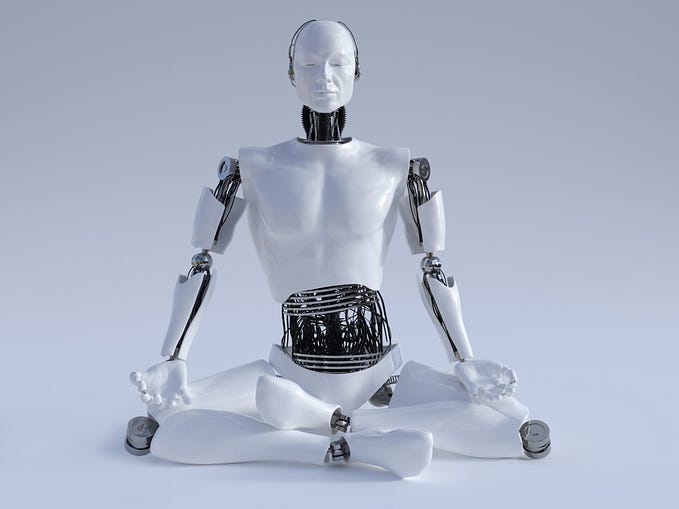Member-only story
Why we should play at work
Embracing play in our creative field can make us happier and more productive.

As the father of a young child, I bear daily witness to the value and joys of play. I watch my son navigate his world in the purest ways — he looks, touches, pushes, pulls, builds, breaks, throws, and drops… everything.
It’s part of his process, his method for learning how the world works.

There’s a research quote many have used — I have no idea where it originates—that says “the average first-grader spends 50% of their waking hours engaged in construction play.” That’s play. It’s not planned, it’s pure experience. Children don’t approach a pile of blocks or Legos with a plan or a spec, they just dive in — building up, tearing down, and learning each time they do it. Play is integral to their understanding of the world, a way to gain insight and empathy.
And it made me wonder: At what point in our life does that typically stop for us?
Thankfully, my career as a designer has helped me rediscover the power of play within the workplace, but there was a time when this was not the case. For many (and for me in my youth) “design” was work, not play.
But why? Didn’t we get into the creative field because we found it fun? Exciting? Playful? Can this not be said for any field, if one has a heartfelt passion for it? When did “play” become the antithesis of work? Something frivolous and wasteful?
“Play is the work of the child.”
— Maria Montessori
When I was in junior high, I was introduced to this thing called “physics.” As an excruciatingly inquisitive child, I was always seeking out the “why” of things. Suddenly, I had at my fingertips a font of scientific knowledge and evidence that helped me fill in the blanks. It became a passion of mine — I would read anything I could, I did my own experiments, and I even discovered a love for math and writing. Until 10th grade.
To this day I cannot recall the name of my 10th-grade science teacher, but I remember his…








